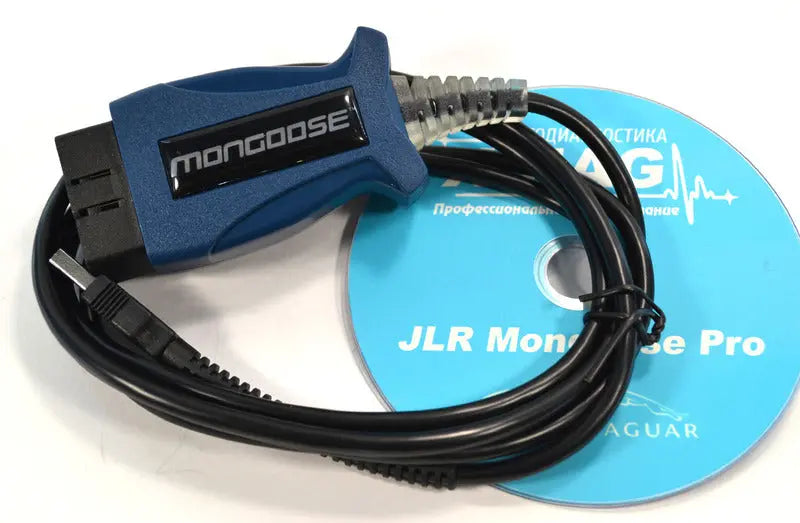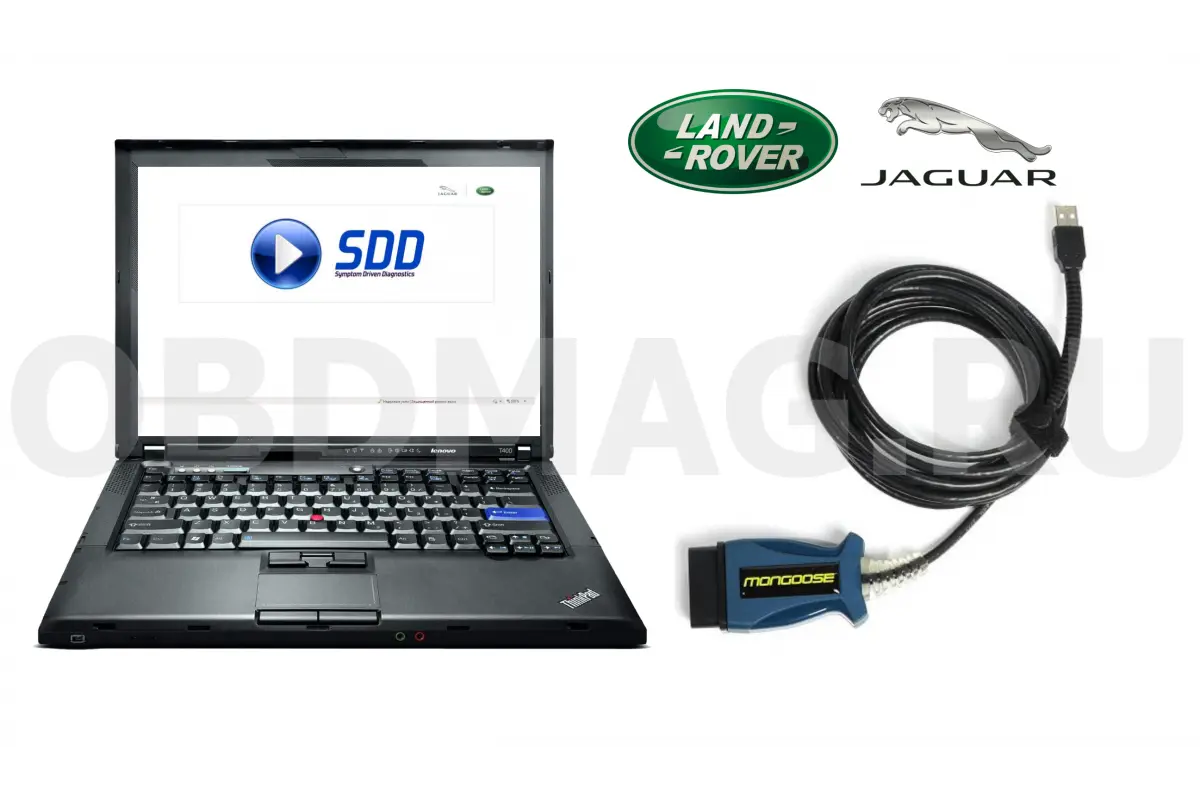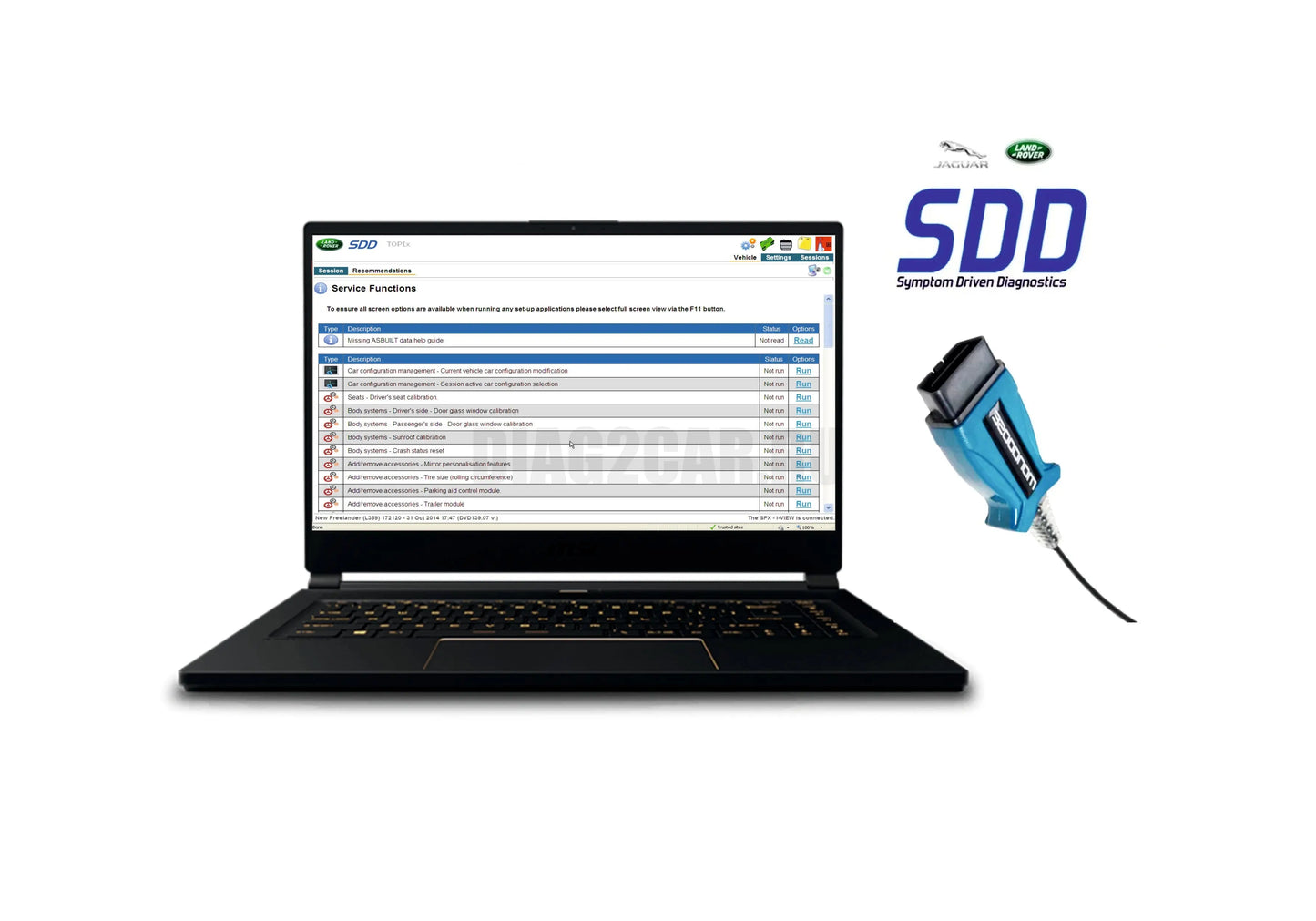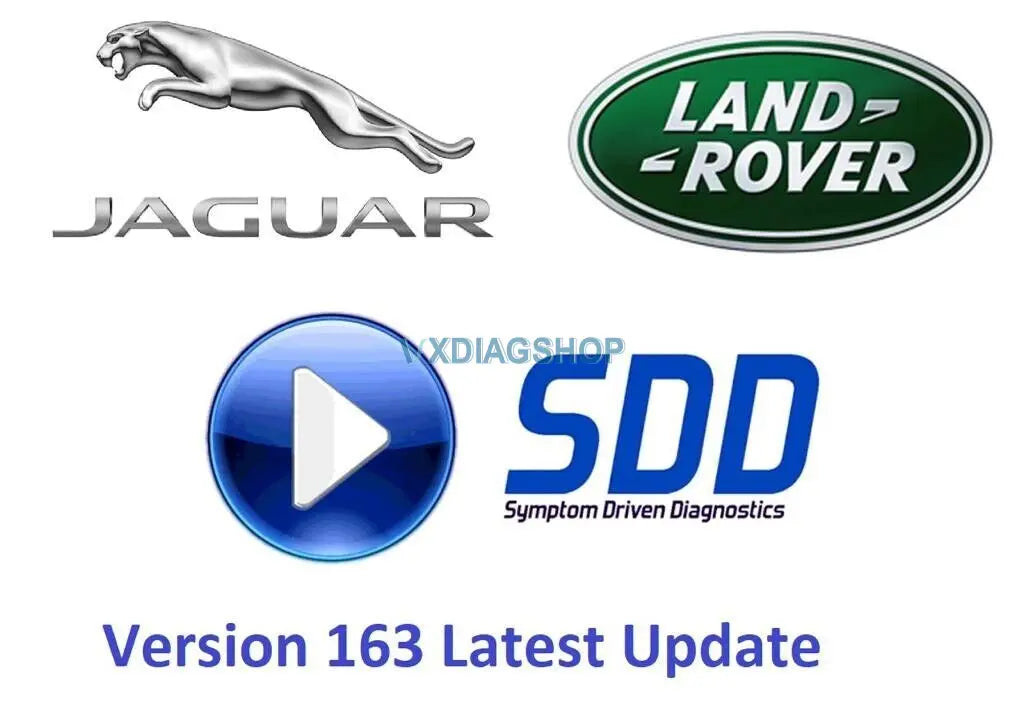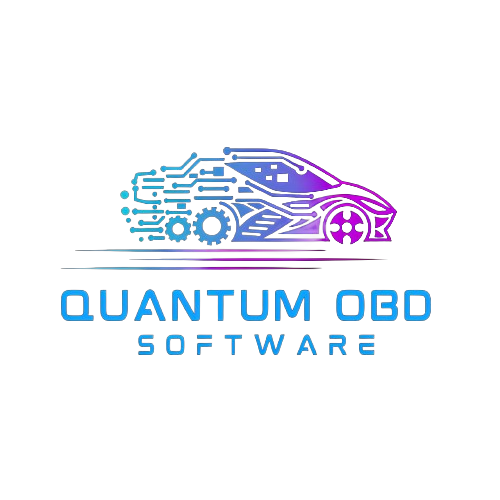- If very few or no DTCs and recommendations are
- If too many DTCs or recommendations are listed, try
- To be sure that you are only working with your
- Warning Lamps (red)
- Warning Messages (in Message Center)
- Status Lamps (yellow)

Dealer Diagnostic - Programming Software and Hardware
£0.00 GBP
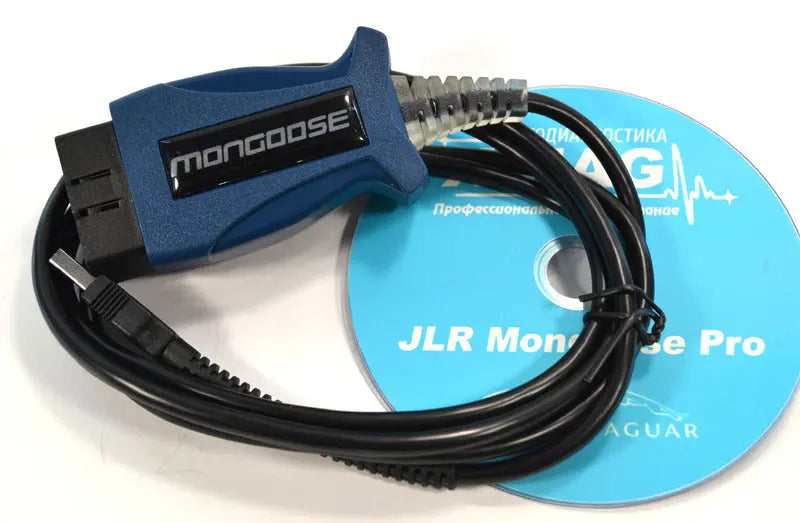
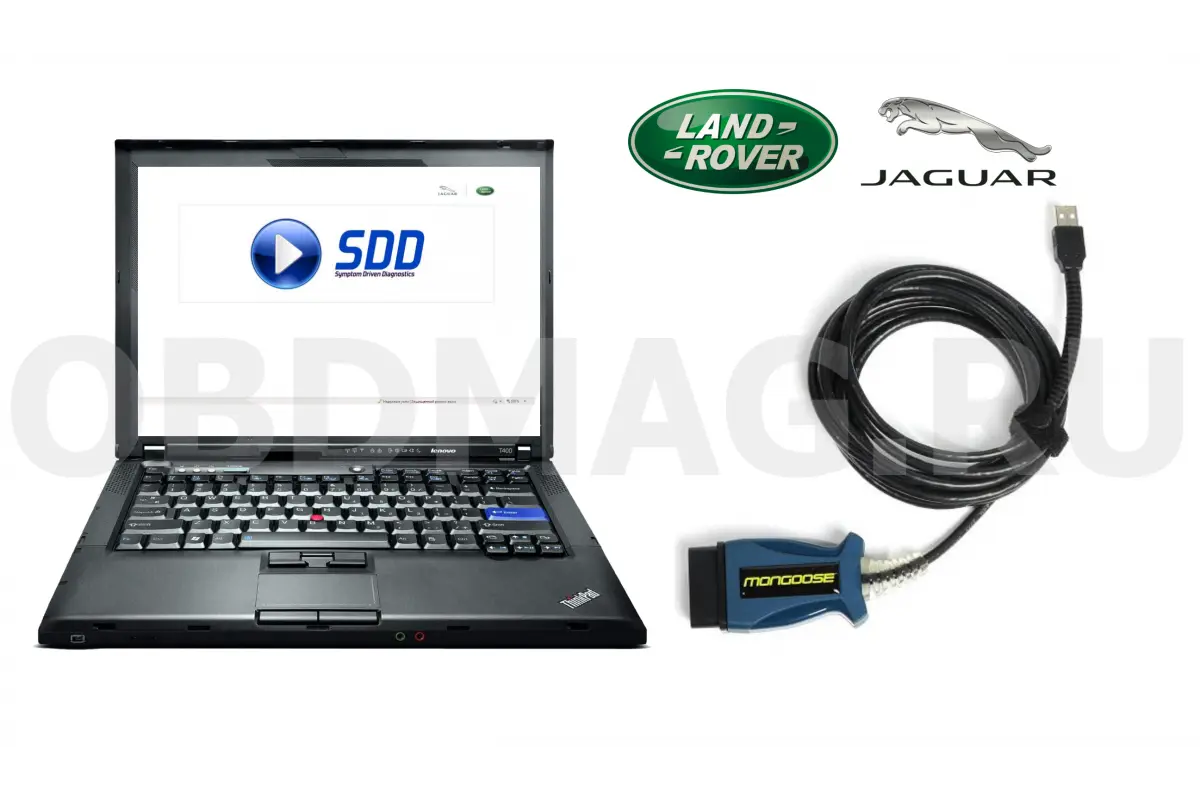
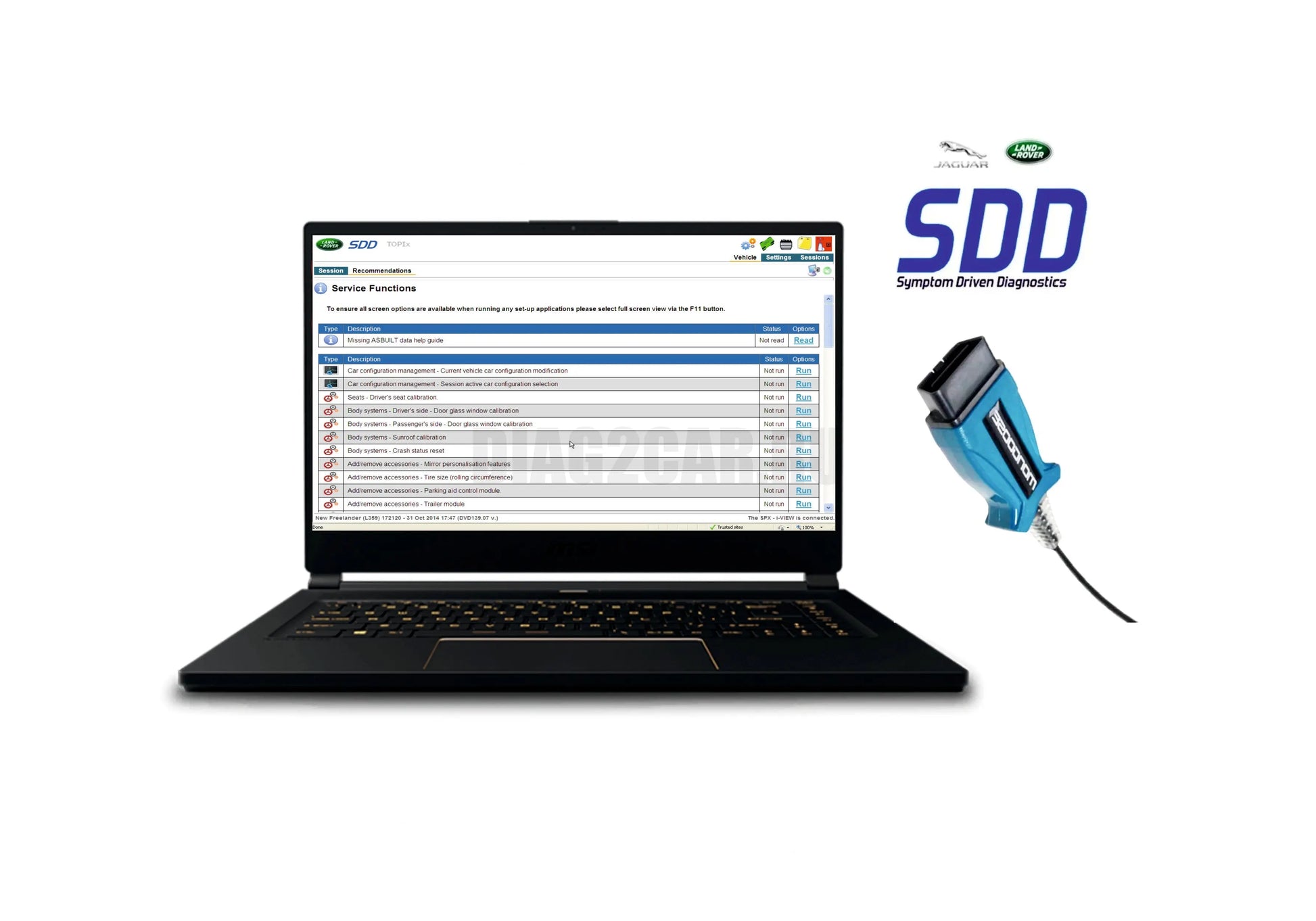

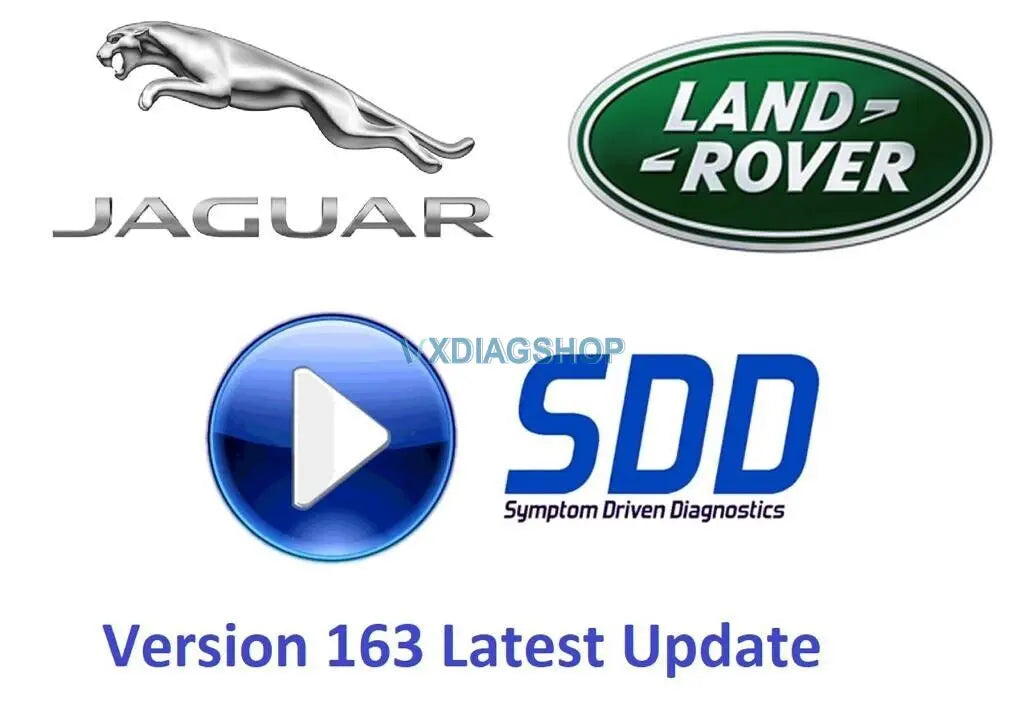
Couldn't load pickup availability
Key Features
IDS was used by Jaguar dealerships for vehicles manufactured pre-2005. Land Rover also used IDS.
It allows you to do the following:Fault Code Reading / Resetting analysing for repairs
SDD is the latest development by JLR in vehicle diagnostics. Designed to be easy to use and extremely efficient in fault finding. Conventional diagnostic systems read fault codes and offer them to the end user. It is then upto the the end user to analyse the codes and find the vehicle fault from the data that has been provided.
SDD instead asks the end user the fault with the vehicle and progresses to analyse the fault codes and offers the solution to fix the vehicle on a relevance to likely ratio.
Should you wish to intervene and only see the fault codes then this option is open to the end user but keep in mind, SDD was developed to recommend the repairs.
Alongside diagnostics the service functions allows vehicle and module programming and vehicle customisation.
A selection of what can be done with SDD:
While it is easy to distinguish between a Warning Message and a Warning Lamp that is currently active, if the problem is intermittent, the service writer must determine through careful questioning of the customer if a warning lamp, warning message, or both were displayed. Also, not every MIL is considered a Warning Lamp since some indicators on the instrument cluster are used to indicate the status of a system. Examples of Status Lamps include the Passenger Seat Occupancy Status Lamp and the TPMS Status Lamp. Using the Passenger Seat Occupancy Status Lamp as an example: this light is only used to indicate the status of the passenger seat. When lit, it simply indicates that the SRS system has determined that based on the current inputs, the passenger restraints will not be deployed. It does not mean the system has detected a failure that requires a driver warning. For this reason, the lamp is classified as a Status Lamp. Similarly, the amber TPMS indicator is used to inform the driver that the tire pressure requires attention. While this light may remain lit when a system malfunction exists, it is considered a Status Lamp since its primary function is to inform the driver of the tire pressure status. Recommendation: When selecting SDD symptoms for lamps that are primarily considered a Status Lamp, but are also known to have a secondary function as a Warning Lamp, be sure to select the symptoms under both categories in the symptom selection map.
New Diagnostic Process
IDS has been updated with the goal of providing a clear diagnostic strategy and tool navigation path to the technician. With Symptom Driven Diagnostics (SDD), the technician is able to begin the diagnostic process by identifying the specific symptoms of a customer concern using Symptom Maps incorporated into the
SDD software. A diagnostic strategy can then be structured around only the DTCs that are relevant to those symptoms. SDD can also provide links to other service information to support the diagnostic process.
Symptom Maps
Symptom Maps are incorporated into the SDD software, and allow the technician to target DTCs and diagnostic routines based on a specific set of symptoms. Symptom Maps are organized by major vehicle system as follows:
Maps are then further structured by System and Sub-System details to provide lists of possible symptoms at 2 levels.
Symptom Maps are used by SDD in conjunction with DTCs. In order to ensure the best possible recommenda- tions to achieve FRFT repairs,
the technician must input ALL vehicle symptoms that match the customer concern.
The Integrated Diagnostic System (IDS) core architecture dates from 1999 and incorporates elements going back as far as 1995. In the meantime,
vehicle technology has become more complex and the number of vehicle variants has increased.
Current vehicle systems support up to 4,000 different Diagnostic Trouble Codes (DTCs), which increases the complexity of diagnostics.
The technician now needs to diagnose systems, not merely individual components.
Without a clear strategy for a repair process, a technician faced with up to 40 DTCs at the start of an IDS session can easily lose confidence in the diagnostic tool.
Feedback data from dealerships shows inconsistent methods of fault diagnosis with under utilization of the IDS capabilities.
This has resulted in high ‘No Fault Found’ repair rates, difficulty in achieving Fixed Right First Time (FRFT) repairs, and an increase in the time that a customer’s vehicle is off the road.
In the last 7 years the diagnostics industry has boomed. Vehicles have become more complicated with more electrics and fast moving technology piled in. The end result of having all these “mini computers” running in your vehicle is that when it goes wrong they require another computer to diagnose what is wrong and fix them.
The Jaguar and Land Rover Diagnostic kits are suited to various types of people.
If you plan on doing your own repairs on your JLR vehicle then it goes without saying that you really do need your own diagnostic kit. Being able to have access to something like IDS & SDD when finding out which part has failed is absolutely crucial. It speeds up your diagnostics and more importantly makes it far more accurate. With a good quality diagnostic kit you can avoid replacing parts unnecessarily in hope of curing your fault.
Some owners like to do minor ECM programming changes themselves, a good example would be to turn on folding mirrors. When doing an extremely minor job like this you can expect the dealer to charge a minimum of 30 minutes labour. Though the actual job is 5-10 minutes the time can easily stack up including commuting to the JLR dealership. You can expect a bill of around £55-65 to do a minor programming job like this unless you try and combine it in with a service and sweet talk the rep!
